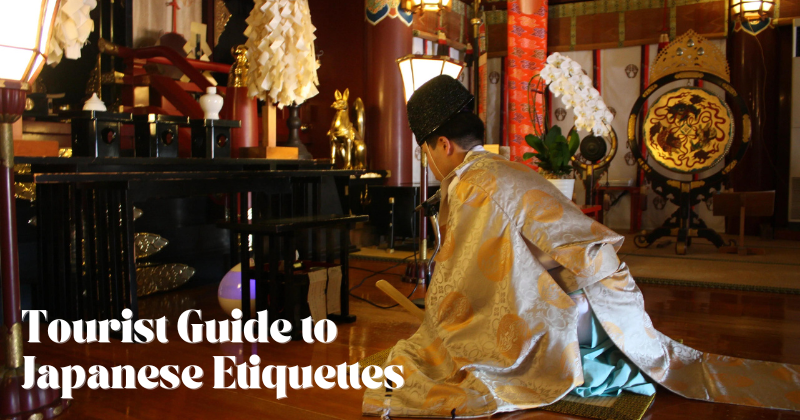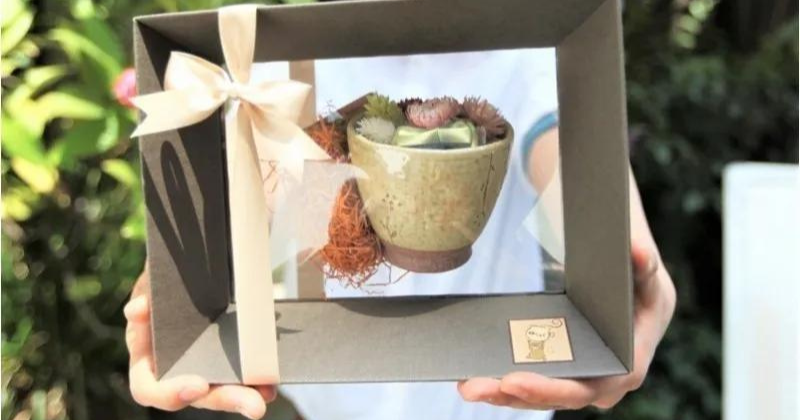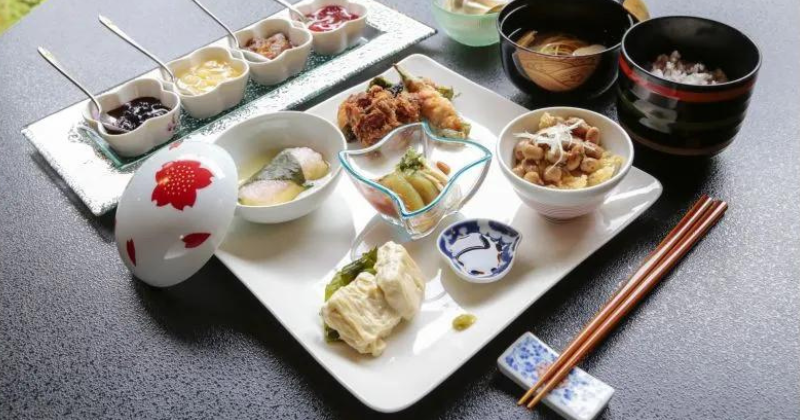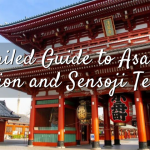
Welcome to our detailed guide on Japanese culture and etiquette. As a country steeped in tradition and custom, Japan presents an array of unique experiences for its visitors. Navigating these intricacies can initially seem daunting, which is why we, at Activity Japan, have crafted this comprehensive resource. From business norms to social conventions, this guide aims to equip you with essential knowledge to enrich your travel experience in Japan. So, let's delve into this fascinating cultural exploration.
Understanding Japanese Etiquette: A Deeper Dive into Cultural Rules and Traditions
Japanese etiquette, or 'saho,' goes beyond simple rules and formalities. It's an integral part of their society, woven into the fabric of everyday life and steeped in centuries of tradition. The significance of 'omotenashi,' or Japanese hospitality, cannot be overstated. A word without an exact translation, 'omotenashi' is all about wholeheartedly serving guests without expectation of reward. It symbolizes Japan's deep-rooted belief in respect, politeness, and selflessness. Whether you're visiting a traditional inn, dining in a local restaurant, or attending a tea ceremony, you're likely to witness 'omotenashi' in action, demonstrating the warmth and graciousness of the Japanese people.
Unveiling the Intricacies of Japanese Etiquette Rules

When it comes to Japanese etiquette rules, there are some broad, universally accepted norms. Politeness, respect, and consideration for others are expected in all interactions. However, the key to understanding these rules is recognizing their subtleties and nuances. For instance, bowing is a standard greeting in Japan. But did you know there are different bows for different situations? The casual bow ('eshaku') of about 15 degrees is a common daily greeting, while the respectful bow ('keirei') of about 30 degrees is used when you meet someone of higher status. And then there's the deepest, most respectful bow ('saikeirei') of about 45 degrees for the most formal situations. Mastering these intricacies may take time, but it's a rewarding endeavor that offers invaluable insight into the Japanese way of life.
Japanese Restaurant and Dining Etiquette

If you're a foodie, Japan is nothing short of a paradise. However, to make the most of the gastronomic adventure, understanding the local dining etiquette is crucial. In a Japanese restaurant, customers are often greeted with a warm 'irasshaimase' (welcome) upon entering. Responding isn't necessary, but a smile or a nod acknowledges the greeting. When it comes to the actual dining, a few things to remember are: not to stick your chopsticks upright in a bowl of rice (it's associated with funeral rites), avoid passing food chopstick to chopstick (another funeral custom), and refrain from rubbing your chopsticks together (it's considered rude). Remembering to say 'itadakimasu' (I humbly receive) before you start eating and 'gochisosama' (thank you for the meal) when you finish not only reflects good manners but also shows respect to the chef and appreciation for the food.
Japanese Business Etiquette: A Guide for Corporate Tourists
For the corporate tourists, understanding the norms of Japanese business culture can be a gateway to successful relationships. Japanese business etiquette is built around respect, humility, and meticulous attention to detail. Punctuality is highly valued, so it's essential to be on time or early for appointments. Business card exchange or 'meishi koukan' is an important ritual. When receiving a card, accept it with both hands, read it carefully, and treat it respectfully - it's a representation of the person giving it. Do not write on it or stash it in your back pocket, as it would be considered disrespectful. Similarly, when presenting your card, ensure that it's clean and unmarked, and offer it with both hands. Remember that subtle communication, non-verbal cues, and an appreciation for silence are all part of the Japanese business communication etiquette. They might seem small, but paying attention to these details can make a big difference in your business interactions in Japan.
Navigating Social Situations in Japan: Gift-Giving and More

Engaging in social activities in Japan can be an enriching experience, especially when you're aware of the etiquette involved. One significant aspect is the art of gift-giving. In Japan, the act of giving and receiving gifts, or 'omiyage', is a practice deeply rooted in tradition. It's customary to bring a gift when visiting someone's home. Gifts should be wrapped meticulously, and it's typical to downplay the gift when presenting it. Refusing a gift once or twice before accepting it is also considered polite, showing that you don't want to impose.
However, Japanese etiquette isn't just about grand gestures; it's also about subtleties. Personal space is respected, and physical contact, even something as simple as a pat on the back, can make people uncomfortable. It's important to bear these norms in mind to ensure a respectful and harmonious social interaction.
Ancient Japanese Etiquette: A Peek into the Past

Understanding modern Japanese etiquette is incomplete without a glimpse into the ancient norms. The traditional Japanese culture, with its rituals and ceremonies, lends a fascinating perspective into how the past continues to shape the present. Many aspects of the present-day etiquette can be traced back to ancient times.
For instance, the art of bowing, which is such an integral part of modern Japanese society, has its roots in the ancient warrior culture. It was a show of peaceful intent - as it was impossible to draw the sword when bowing. The respect for nature and the practice of cleanliness also stem from Shinto beliefs that date back centuries. These rituals, which started in ancient times, have been handed down through generations and continue to be a fundamental part of Japanese life. Understanding these practices gives us a richer and more profound appreciation of the cultural norms in Japan today.
The Many Layers of Japanese Culture
Harmony and Respect: The Pillars of Japanese Work Culture

Delving into the Japanese work culture, you'll discover an environment that prioritizes harmony ('wa'), respect, and hierarchy. Teamwork is favored over individualism, with each member working towards the common goal of the organization. Punctuality is not just appreciated, but expected, and humility is a virtue often embodied in the workforce. Navigating this landscape of mutual respect and collaboration can significantly enhance your understanding and experience of the Japanese work scene.
An Ode to Diversity: The Japanese Food Culture

To truly understand Japan, one must savor its rich and diverse food culture. This culinary journey takes you beyond sushi and ramen, introducing you to a multitude of flavors, textures, and cooking techniques. From the humble 'onigiri' or rice balls, a staple on-the-go snack, to the meticulous 'kaiseki', a traditional multi-course dinner that epitomizes the Japanese concept of 'omotenashi' or hospitality. Each dish is a piece of art, with as much emphasis on the aesthetic presentation as on taste, reflecting the country's appreciation for balance and beauty.
Vibrancy in Motion: Japanese Pop Culture
A vibrant exploration of Japanese culture would be incomplete without a dive into its dynamic pop culture. 'Anime' and 'manga,' the animated series and comics that originated in Japan, are now globally recognized forms of artistic expression, with themes ranging from fantasy to social commentary. On the other hand, 'J-pop' or Japanese pop music, with its catchy tunes and innovative production, has fans around the world. This energetic and creative landscape not only entertains but also provides insights into contemporary Japanese societal trends and youth culture.
Together, these diverse aspects of Japanese culture form an intricately woven tapestry that beckons further exploration. Each thread adds depth and color, enriching our understanding of what makes Japan such a fascinating country to discover.
And there you have it—a comprehensive look at Japanese etiquette and culture! As we've discovered, understanding the customs, traditions, and cultural nuances of Japan is not just about avoiding faux pas. It's about appreciating the profound depth and beauty of a culture steeped in centuries of tradition, history, and respect. It's about forming deeper connections with the people you meet and the places you visit. It's about transforming your visit from a typical sightseeing tour into an unforgettable, enriching cultural experience. So, as you plan your trip to this beautiful and captivating country, remember these insights and dive headfirst into the real Japan, beyond the tourist brochures. Thank you for joining us on this journey, and we hope you find your Japanese adventure as unique, heartwarming, and unforgettable as the culture itself. Safe travels, friend!
Frequently asked questions
QWhat is the significance of bowing in Japan?
ABowing is a traditional form of greeting in Japan, expressing respect, gratitude, and humility. Different situations call for different bows, varying from a casual nod of the head to a deep bow from the waist, reflecting the person's status or the formality of the situation.
QHow should I behave in a Japanese restaurant?
AIn a Japanese restaurant, remember not to stick your chopsticks upright in rice or pass food chopstick to chopstick. Say 'itadakimasu' before eating and 'gochisosama' after finishing. Avoid making loud noises and respect the space of others.
QWhat should I know about gift-giving etiquette in Japan?
AIn Japan, gift-giving is a form of communication. Gifts should be given with both hands, be carefully wrapped, and it's typical to downplay the gift when presenting. Also, it's polite to refuse a gift once or twice before accepting.
QHow is punctuality viewed in Japan?
APunctuality is highly valued in Japan, both in professional and social settings. Arriving on time or slightly early shows respect for the other person's time and is a critical aspect of Japanese etiquette.
QWhat should I be aware of in Japanese business meetings?
AIn Japanese business meetings, respect for hierarchy, attention to detail, and punctuality are important. The exchange of business cards is a significant ritual, and the cards should be treated with respect. Silence is often valued over unnecessary chatter.
QHow does ancient Japanese etiquette influence modern practices?
AMany practices of ancient Japanese etiquette still influence today's norms. For instance, the art of bowing originates from the ancient warrior culture. Respect for nature and cleanliness also stems from Shinto beliefs dating back centuries.
QWhat is 'omotenashi'?
A'Omotenashi' is the Japanese concept of providing detailed service, anticipating the needs of the guest even before they arise. It reflects Japan's deep-seated values of hospitality, respect, and humility, embodying the spirit of selfless giving.




